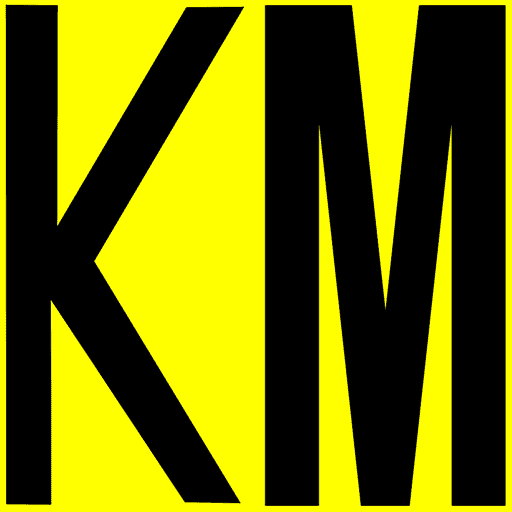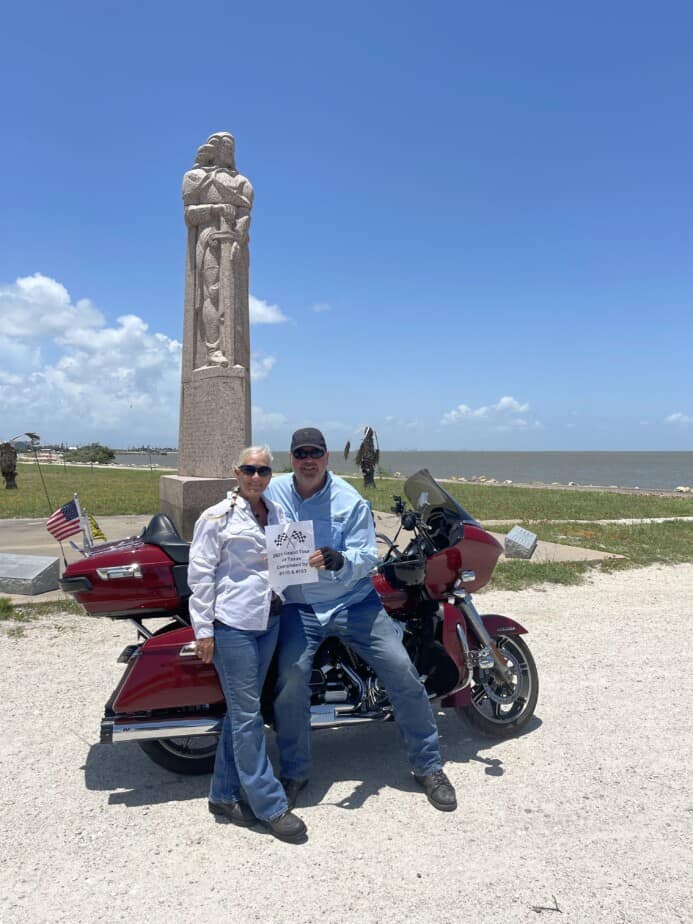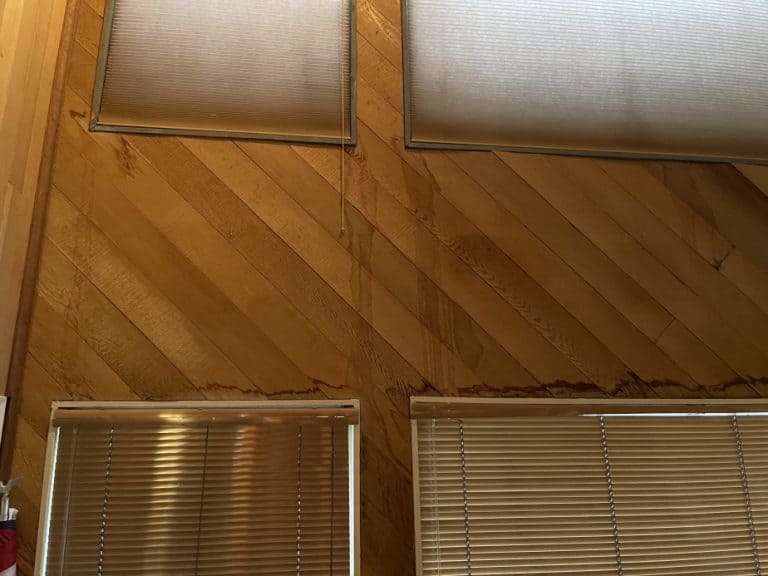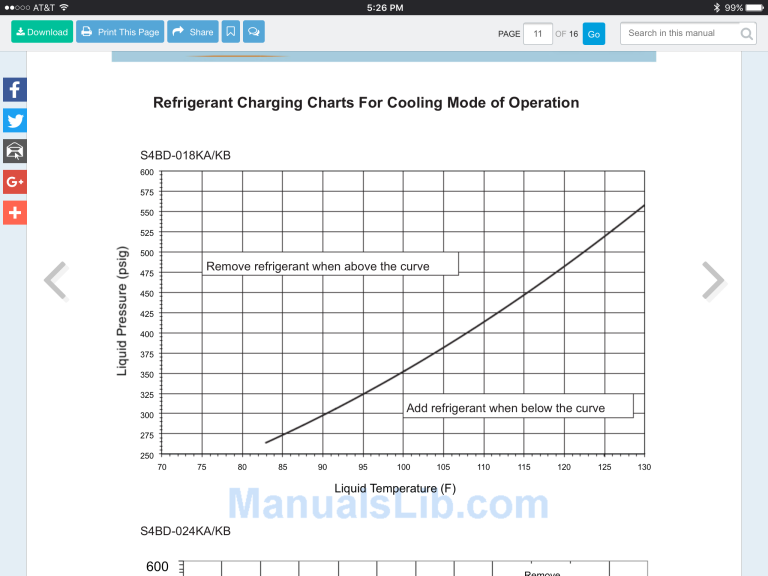A buddy sent me via text message asking for some info on the best times to be out hunting. It seems he was getting bored and not seeing the usual deer traffic at his hunting lease. He knew I was a longtime student of Solunar Theory, and he knew I always tried my best to be on the water and ready for fishing during specific times during our trips together. He also recalled that Solunar Theory applies to all wildlife feeding times, which means hunters benefit too. So, I sent him a few critical pieces of information along with a recommendation that he might consider buying one of the many Solunar smartphone apps. Their just a few bucks, and they work well. Then he’d always know when fish and game would be most active wherever he may find himself. I’m guessing that some others might benefit from this information too.
What exactly is the Solunar Theory?
I learned about Solunar Theory many years ago, while I was trying to figure out how the local newspaper came up with their hunting and fishing time tables. How did the paper know when I should be fishing or hunting? Ultimately, I learned about a fellow named John Alden Knight, the author of “Moon Up, Moon Down.” The book proposed the notion that wildlife feeding activity seemed higher at times when the Moon was either overhead or directly underfoot. Over some time, Mr. Knight suggested that the Sun’s influence intensified the effects of the Moon in the same way they affect tidal movement. Interestingly, the results of the Sun and Moon, or Solunar Theory, impacted all wildlife, even on land that was far away from any large bodies of water.
How useful is the Solunar Theory?
Sometimes, it seems like magic, other times, not so much. The reason is that so many other factors are involved, factors such as environmental conditions, weather patterns, barometric pressure, area pollution, drought, snow-melt, and noise. However, throughout keeping notes and journals to keep track of weather and water conditions, techniques, tackle, and times and dates, there’s no doubt that Solunar Theory is worth understanding. Minding your Solunar periods by no means guarantees success, but Solunar Theory can dramatically improve the odds of your hunting or fishing success; Especially when no other factors are against you.
How reliable is the Solunar Theory?
After years of experience fishing and keeping notes, I feel it’s important enough to help me choose dates and times during the planning stages of a fishing trip. So, yeah, I think it’s dang reliable. I have come to consult an accurate Solunar calendar to pick dates and times to be on the water during my fishing trips. The best calendar dates are almost always around the New or Full Moon during any given month. When possible, I let the New and Full Moon dates be my guide. After that, it comes down to determining the specific times during the “best” days to be on the water fishing (or in position while hunting).
How do I get the best fishing & hunting dates and times?
Accurate Solunar tables are calculated based on Moon and Sun’s position at a given geographical location on specific dates. For a simplified visualization, think of Solunar Major periods as being the time when the Moon is most directly up or below at your location. These times are in the middle of the Major periods. Add an hour before, and an hour after that time, and you have a two-hour (Major) period. Most days have two Major periods. Minor periods are merely 45-minute periods that occur between the Major periods. Think of the Minor periods as similar to (sort of) Moonrise and moonset times on the horizon. Now, factor in the Full Moon, New Moon, and Quarter Moons, and you have the better (i.e., stronger) Major and Minor periods. The Full, New, and Quarter Moon phases coincide with the very best days to be fishing or hunting. The Solunar Major and Minor periods are the very best times to be fishing.
The Moon phase is key
All this is a grossly simplified way to explain the Solunar basics well enough to get you close without any calculators or apps. You just need to know which days are Full or New or Quarter Moon. You want to be fishing (or hunting) a couple of days before, during, and after the New and Full moons. Unlike the Full and New Moon phases, the Quarter moon phases last only one day. Now that you have the best days of the month identified according to the Moon phase, it’s useful to know the Major and Minor periods on those days. Published tables or an app help you get these times. There are even wristwatches that tell you the best day and time to hunt or fish. I used to buy the Solunar tables (pocket-sized booklet) each year published by the family of John Alden Knight. When you use preprinted Solunar tables, you must adjust the time slots based on your geographical location to get accurate times. But, these days, I use an app on my smartphone that calculates the Major Solunar periods based on my exact GPS location anytime. I can input a future calendar date and get the whole month in an instant for trip planning purposes too.
Consider using Solunar Theory to increase your fishing & hunting success.
Many of us who have fished a long time can recall specific experiences where fish just go stupid and start feeding fast and hard with reckless abandon. You may be standing in a quiet stream or sitting atop your kayak in some glassy backwater when the bite suddenly goes crazy with activity. Sometimes, a stream or lake will appear to be boiling with all the fish feeding at once like maniacs. The scene begins as if someone flicked a switch somewhere and turned-on the frenzy. All you can do is keep catching and fishing as fast as you can in wonderment. Then, as suddenly as it started, it stops as if switched off. Poof, everything goes quiet. Things are back to normal. You certainly may catch more fish afterward, but nothing like during the frenzy. Things are back to “normal.” I’ve speculated that these “rare frenzies” aren’t random. They are most certainly not an accident. They are either a reaction to a “hatch,” a Major Solunar period event intensified by some unusual weather pattern or the result of environmental anomalies such as the rush of water temperature or a sudden pressure change. The bottom line is that there are no coincidences; these events are a perfect storm in nature. They are frequently entirely predictable. And, at least some of the time, Solunar Theory can help us to pinpoint the “when” wherever we may be fishing or hunting.
Solunar Apps
I have a couple of apps that calc this info on my smartphone. Search “Solunar” on the app store. They’re cheap but worth it. Just check reviews and use something that has a wide following and not some scam app. These types of apps seem to come and go, but their functionality is similar.
Most Solunar apps produce calendar dates and time tables that are equally good for both fishing and hunting once you enter the location and date(s).
On location planning
It’s a good idea to be in position before the beginning of a Solunar Major period start time. On good weather days during the New or Full Moon, you may just want to be in position the whole day! Find good sound, high-probability, feeding spots to set yourself up for success. Use the off-period time to scope out your location overall in preparation for the Major period. All the usual rules apply to good fishing or hunting practices, all other things being equal. You know the checklist: stealth, observation, camouflage, etc. The items that you can control.
Kenny’s Solunar Fishing & Hunting Cheat Sheet
Here’s Kenny’s “fishing & hunting Solunar cheat sheet.” A summary after 30+ years of fishing experiences, logging, and journal notes. There’s no doubt in my mind that Solunar theory increases the odds of success fishing and hunting. My empirical data prove to me that as long as other environmental factors are neutral to favorable, the Moon and the Sun’s position does influence or induce wildlife feeding activity. Local wildlife activity and feeding times are more predictable. Even if you just consider the notion of Moon up and Moon down, on Full or New Moon days, your odds of successful hunting or fishing are much higher.
Each day:
Two 2-hour major periods
Two 45-min minor periods
Overall certain calendar days are better than others based on Moon/Sun orbital positions relative to your location on Earth. The very best days are the New and Full Moon and a couple of days before and after the New and Full Moon.
Almost every 24 hour day has two 2-hour-long Solunar (Major) periods and two 45-minute-long (Minor) Solunar periods.
Best Solunar potential is on or around the New Moon. Usually two days before and two to three days after the New Moon.
Second best on and around the Full Moon – two days before and 2-3 days afterward. Perhaps the main reason for less success on Full Moon versus the New Moon is the brightness of the Moon, creating more exposure danger to wildlife.
Third best on quarter moons
An hour after dawn and an hour before dusk are always great potential. When either sunrise or sunset happens to be during a
Major Solunar period, spectacular feeding activity is even more likely as long as other factors, such as weather, are favorable.
You certainly can catch fish or bag quarry randomly outside of Solunar time slots. Especially around dawn and around dusk.
Pay attention to the barometer. Abnormally high pressure or big pressure swings tend to negate Solunar periods and mess up activity. Many times, significant fluctuations in local barometric pressure readings are accompanied by drastic weather changes, which may affect temperature, high winds, and cause thunderstorms.
Lightning storms tend to put down wildlife, just like most animals. It may take as long as twenty-four hours to diminish the worst effects on feeding activity. Solunar periods, even optimal New or Full Moon Major periods, likely won’t matter too much if you encounter harsh environmental conditions. Once wildlife is put off by Mother Nature, it takes a little time for things to return to normal in my experience.
Saltwater Note
Here is one last note about the effectiveness of Solunar tables for coastal saltwater fishing. In my experience, the Moon phase remains relevant, but it is less relevant than the gravitational tidal force. Or, more simply, it’s the relative force of the movement of water. Higher magnitude movement means more food caught in the flow, which means more activity by the rest of the food chain. For coastal fishing, I believe it’s better to be in position fishing between high and low tides. We are more interested in the transition of the tidal flow for the best chances of catching fish. While looking at a tidal chart, the steeper higher curves are the best times to have a line in the water. The lower magnitude and shallower curves mean less movement and are less likely to be productive to traditional coastal fishing methods. During slack tides, you look for structure and work it.
Go forth and catch!
I have taken many liberties with details in this article, trying to explain Solunar Theory and grossly oversimplified so much. You do not need to take my word for any of this. Much has been written about the topic, and I encourage you to do further research. But if you need more evidence, consider looking at the fish and game world records where the date, time, and location are documented. Or, start keeping your a detailed fishing log. You’ll see.
Best,
K





